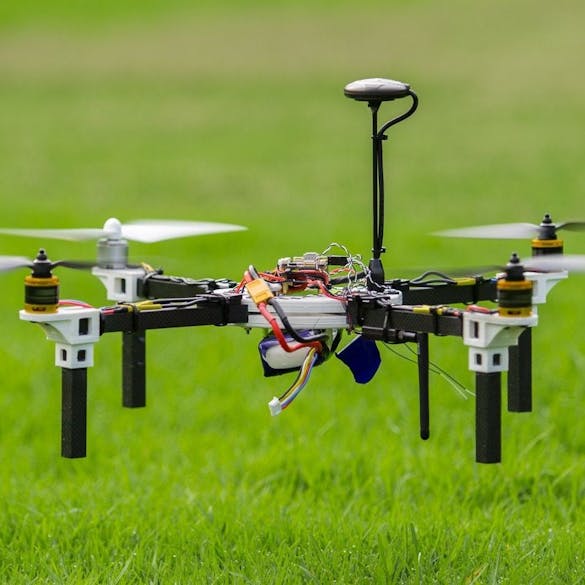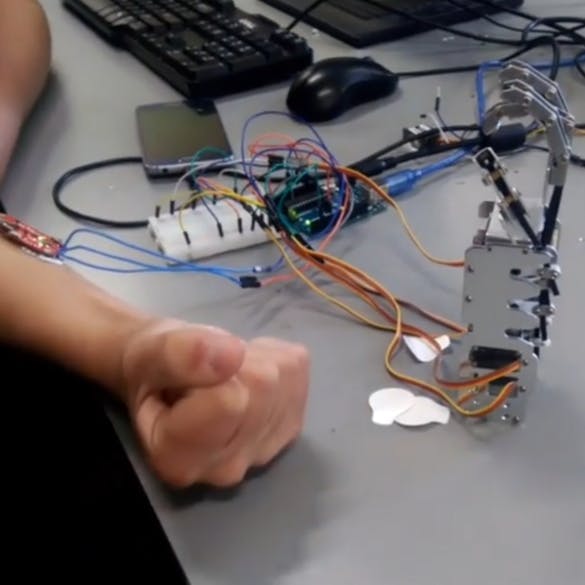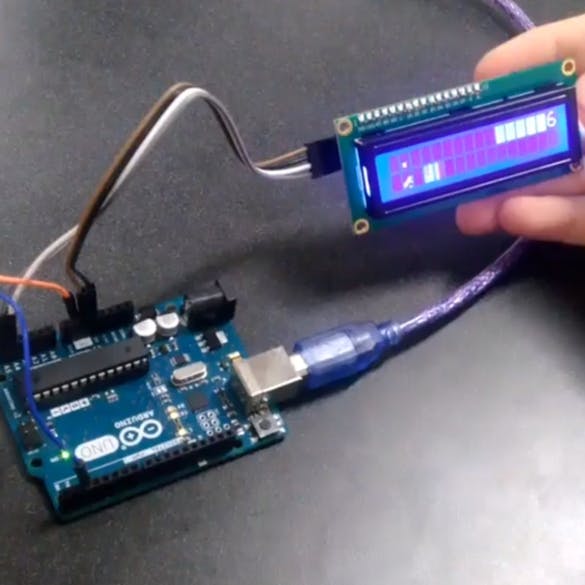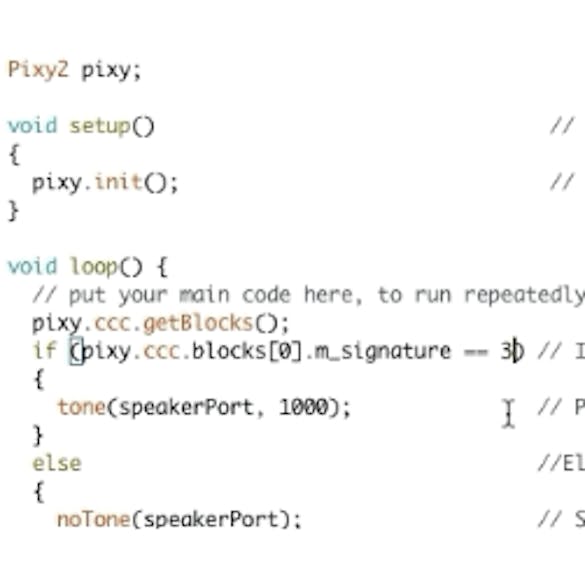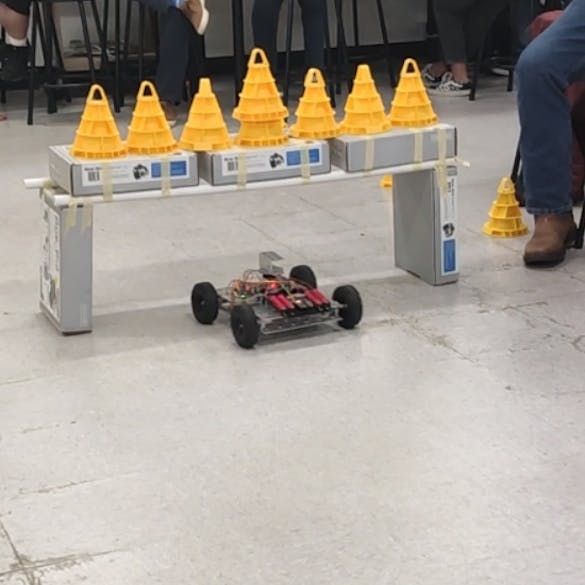Engineering & Robotics
Engineering and Robotics introduces students to mechanical concepts like structural design, weight distribution, drivetrains, fastening, speed and torque. It introduces students to be able to use 3d printers and hand tools to cut, drill, and file down material to create a robot chassis and motor mount. It focuses on the foundational concepts around basic electricity and how circuits work. It introduces programming concepts which are important to understand to be successful as a Robotics Technician.
Robotics
This section focuses on mechanical concepts like structural design, weight distribution, drivetrains, fastening, speed and torque which are important to understand to be successful as a Robotics Technician. This takes you through learning the foundational skills needed to understand how things come together and use cases for different ways to create motion.
This section introduces students to be able to use hand tools to cut, drill, and file down material to create a robot chassis and motor mount. It also introduces additive manufacturing (3D printing) to create a sensor mount. The skills taught include safety, basic measurement, reading and interpreting drawings, basic hand tool use, and handling materials.
This section focuses on the foundational concepts around basic electricity and how circuits work. In this section, you learn how to use multimeters to measure various parts of a circuit to learn about concepts such as voltage and current. Along with learning about circuits, you also learn how to control signals using a microcontroller (inputs and outputs) to see how components react to it. Students learn how to utilize binary sensors like Limit Switches, and sensors that give you a wide range of values like an Ultrasonic/Distance sensor. The culminating project is an e-panel consisting of all of the components found in a typical robot.
This section is an introduction to programming concepts using one of the available popular robotics platforms. Students will have demonstrated an understanding of the robotics engineering process through repeated planning, testing, and iteration throughout the unit. Students also learn basic robot movement, using feedback from different kinds of sensors, and creating complex programs using loops and decision-making logic.
Advanced Engineering Principles
This is the culminating course within our CTE Engineering & Robotics Pathway. Advanced Engineering Principles is a laboratory-based class wherein students propose a culminating project that utilizes the skills and principles learned in Engineering & Robotics Pathway courses including designing, fabrication, electric engineering and programing language. Similar to a dissertation, students will propose a project, including an inquiry they wish to find the answer to. The instructor will serve as an advisor/facilitator helping students to observe, question and to experiment with designs. Students will be encouraged to think critically, logically and to defend conclusion as is expected in the engineering industry. Students will be required to present and defend their culminating project at the end of the course including proficiency of key industry skills.
Certifications & College Credits
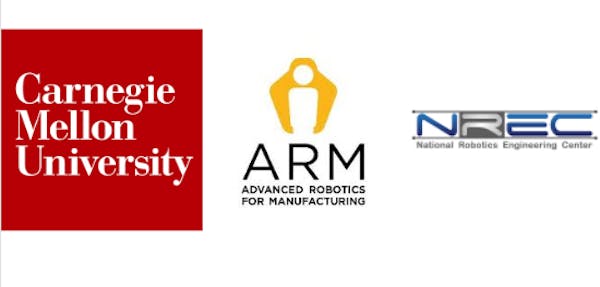
SMART CERTIFICATION
Learners who complete the pathway may be eligible to earn the SMART Certification. The SMART Certification (Smart Manufacturing and Advanced Robotics Training) is endorsed by the ARM Institute, Carnegie Mellon Robotics Academy, and the National Robotics Engineering Center.
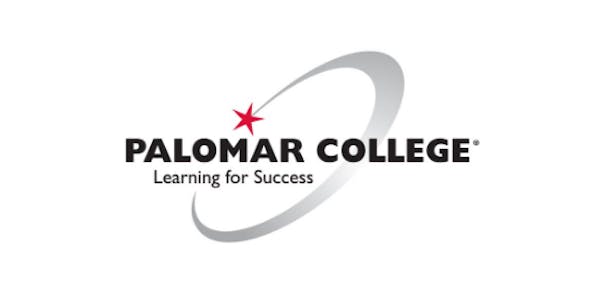
COLLEGE CREDIT
(PENDING ARTICULATION AGREEMENT)Pending an articulation agreement, learners who complete the pathway may be eligible to earn college credit from Palomar College for the class of ENGR 126 Introduction to Electrical and Computer Engineering.



